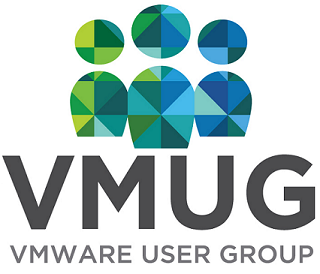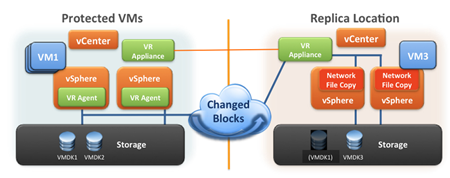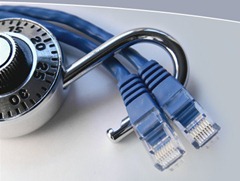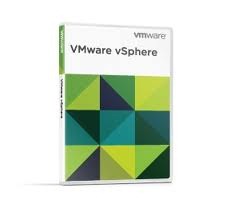UKVMUG: The unofficial lowdown on everything announced at VMworld
 I have had the pleasure today of presenting at the 4th annual UK VMware User Group conference at the National Motorcycle Museum in Solihull near Birmingham.
I have had the pleasure today of presenting at the 4th annual UK VMware User Group conference at the National Motorcycle Museum in Solihull near Birmingham.
I did a whirlwind tour of everything that was announced at VMworld and believe me, there was a huge amount. OK, so no major release which is the norm (but plenty of teasers) but enough other things going on in the VMware space to fill more than a UKVMUG! I know, I’ve done the research! Even though I was at VMworld US, so much was going on that I didn’t appreciate all the new shiny things being announced and once you start getting down to the nitty gritty of everything, you will be amazed at how much is going on.
I really didn’t have time to go through everything in detail so the presentation acts as an independently curated jumping off point for you to find out more information about the announcements that matter to you. You may not care particularly about hyper-converged or OpenStack so you can flick through the slides and then head off to continue your explorations.
Thanks for having me UKVMUG!
Here’s the presentation:












Recent Comments